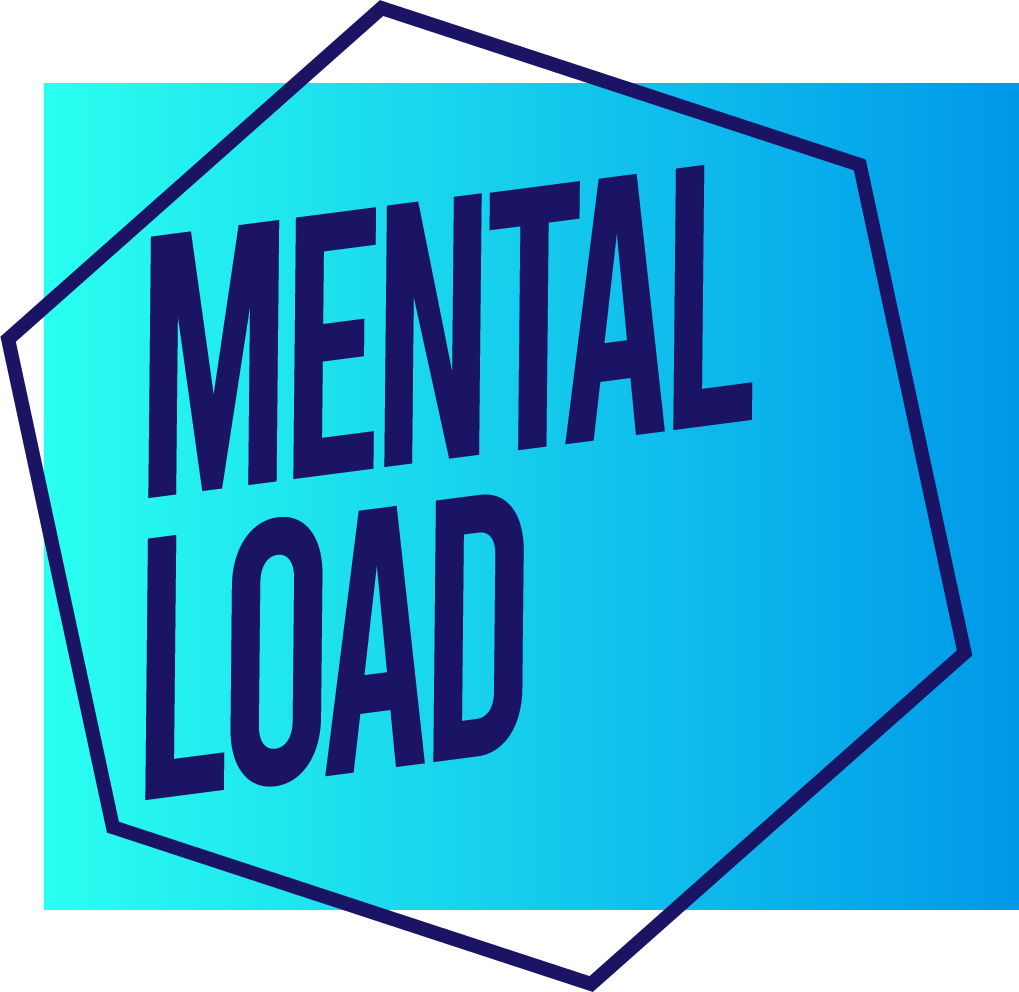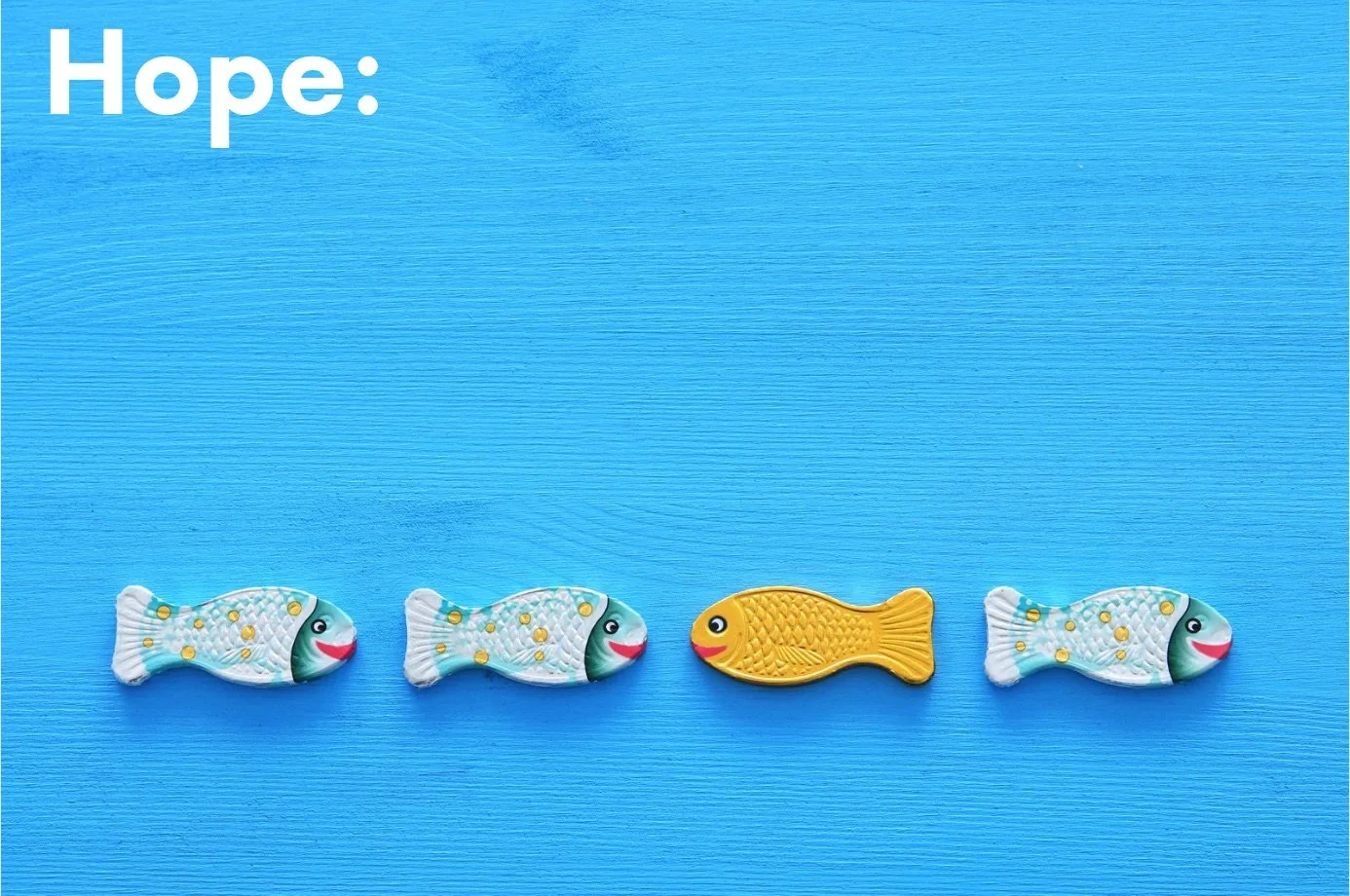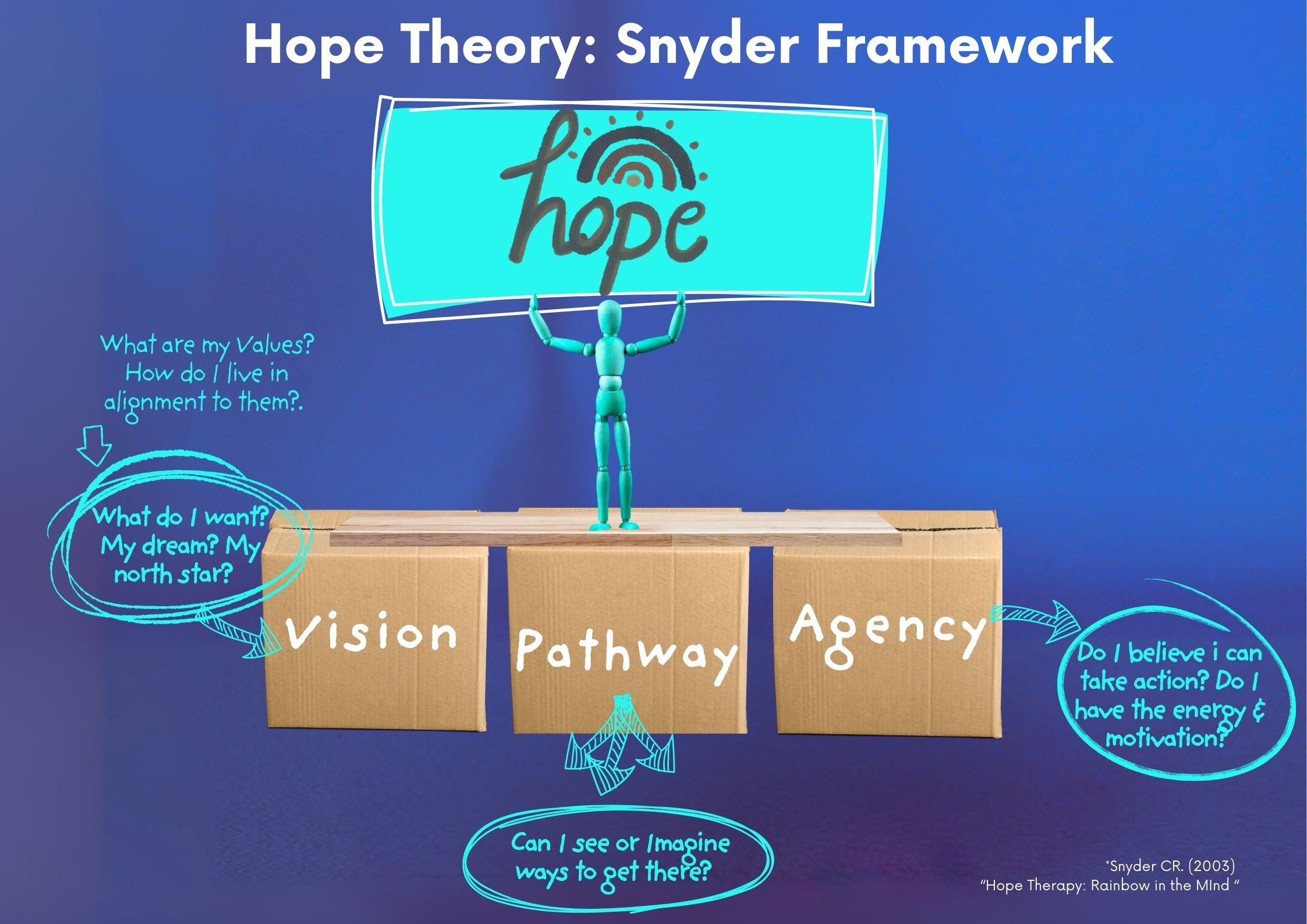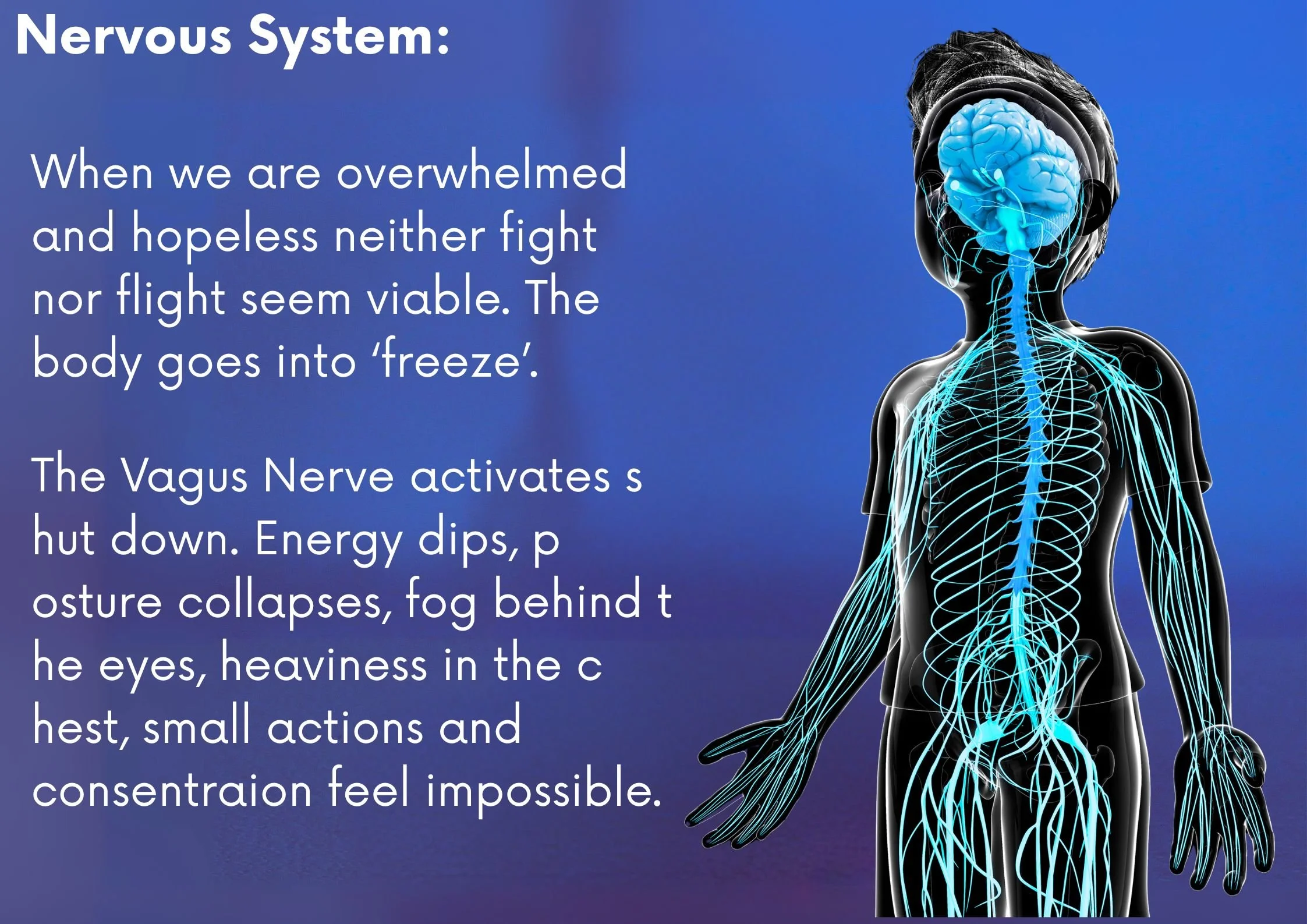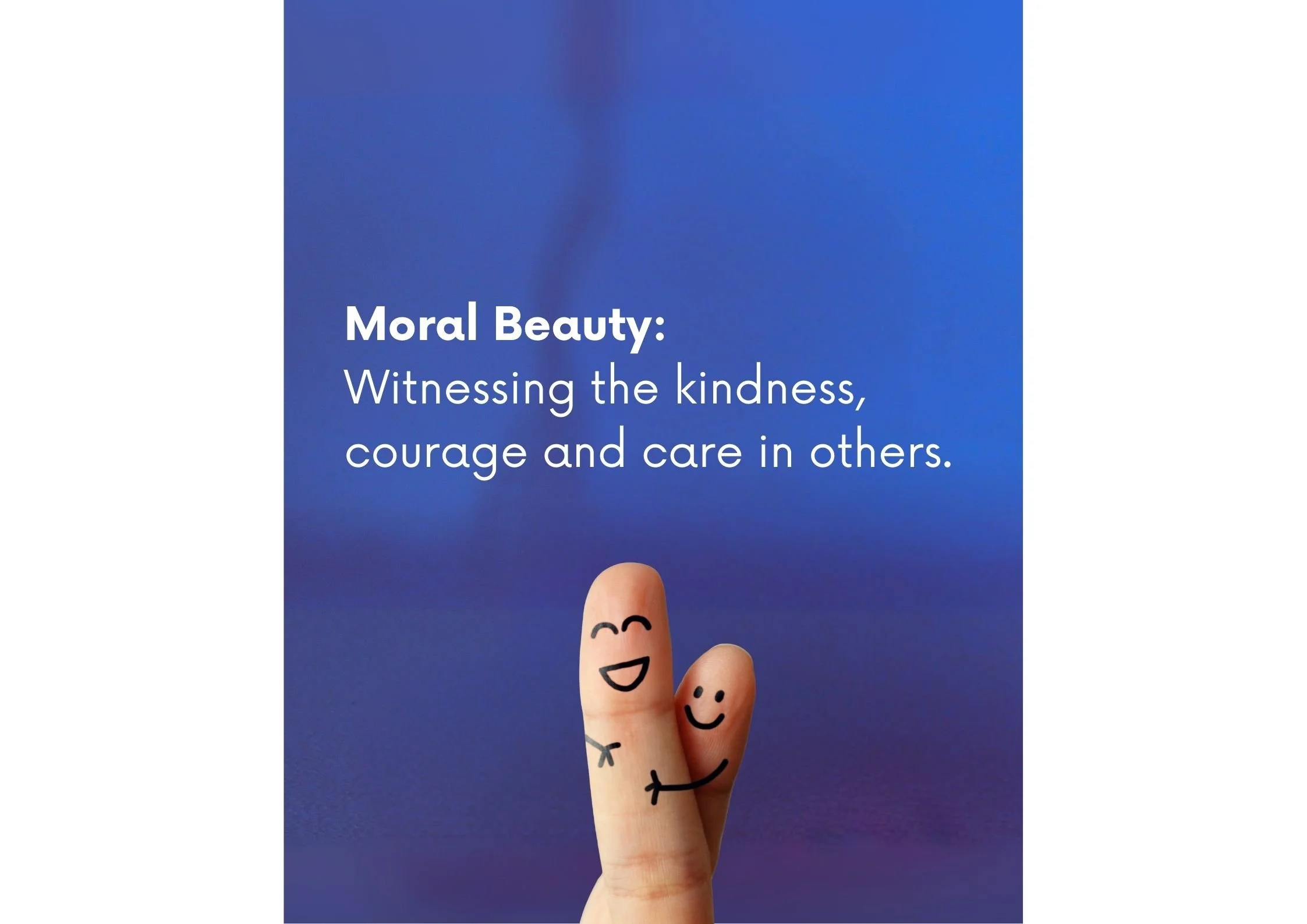The Courage to Hope: Why We Keep Moving Even When It Hurts
Hope is more than just wishful thinking. It’s not a passive state of mind, or a blind belief that everything will work out. True hope is a verb — a mindset rooted in movement, shaped by will, and often forged in our hardest moments.In times of despair, when everything feels heavy and still, hope can feel distant or naive. But it’s exactly in those moments — when we feel frozen, disconnected, or weary — that cultivating hope becomes a radical, life-saving act.
Hope vs. Hopelessness
When we lose hope, we don’t just feel discouraged. We stop moving. We disconnect — physically, emotionally, and spiritually — from the future we once imagined for ourselves. We enter a state of immobility. This is the realm of despair: where action feels impossible, and the will to live can begin to quietly dissolve.
Clinically, hopelessness and despair are among the strongest predictors of suicidal ideation. They are not simply emotional lows; they are deeply embodied shutdown states that rob us of agency and momentum.
By contrast, hope has an action component. It requires us to engage, to move, and to imagine. Unlike optimism — which is often a trait or outlook that assumes a good outcome will happen — hope acknowledges uncertainty. It whispers, “I don’t know if this will happen… but I believe it could.”
That belief alone can change everything.
Hope Is a Practice
Psychologist Rick Snyder proposed a now widely accepted framework for understanding hope. According to his theory, hope is not something we’re born with — it’s a cognitive process that we can learn and strengthen.
At its core, hope consists of three components:
1. Vision — What do I want? How do I live in alignment to my values?
2. Pathways Thinking — Can I see (or imagine) ways to get there?
3. Agency Thinking — Do I believe I can take action? Do I have the energy or motivation?
If any one of these three elements is missing — if we’ve lost sight of what we want, can’t see a way forward, or don’t believe in our own capacity — hope becomes fragile or disappears entirely.
Take the example of someone searching for a new job:
· Vision: I want meaningful work that sustains me.
· Pathway: I’ll update my CV, reach out to contacts, start applying.
· Agency: I trust myself to follow through, even if it takes time.
But when depression or trauma is present, that third piece — agency — is often the first to go. The belief in one’s own power erodes. Without that spark, even the clearest pathway feels impassable.
Cynicism: A Disguised Form of Protection
For many, when hope becomes painful or unsafe, cynicism steps in.
Cynicism says: “I never expected this to work anyway.” It lowers the bar to protect us from disappointment. And in doing so, it protects us from trying — from risking yearning, failure, or heartbreak.
But the cost of cynicism is high. It narrows our vision. It focuses our attention on threats, closed doors, and all the ways the world has failed us. Over time, we may start to behave in ways that confirm those beliefs — blunt, defensive, disengaged. We begin to anticipate rejection or indifference, and often get just enough confirmation to stay stuck in the cycle.
Cynicism feels like strength, but it often signals unresolved grief. It keeps us from risking hope — and therefore, from healing.
Feeling Stuck: The Body of Hopelessness
Hopelessness isn’t just a thought; it’s a bodily state. People often describe it as heaviness in the chest, a fog behind the eyes, a folding in on themselves. Posture collapses. Energy dips. Even small acts — brushing teeth, returning a message — can feel impossible.
This freeze state is a nervous system response to overwhelm. When neither fight nor flight seem viable, the body chooses stillness. It’s not laziness or weakness — it’s biology.
The path out isn’t to “snap out of it” or think positive. It starts by noticing the stillness, validating it, and moving one toe at a time.
The Vulnerability of Hope
To hope is to be vulnerable. It means wanting something we might not get. It means opening ourselves to the risk of disappointment. That’s why the inner critic so often shows up here, warning us not to try. It says: “Don’t get your hopes up. You’ll only fail.”
But trying — even in the face of uncertainty — is often where meaning lives.
Elite athletes don’t train for gold medals because they know they’ll win. They train because the striving matters. The effort shapes who they become, even if they never make the podium.
The same is true for any of us: for grieving parents, for people facing illness, for those rebuilding after loss. Sometimes hope has to be redefined. The hope for a cure might shift into the hope of seeing a son’s next birthday. Or of living the best life possible with what time remains.
Hope evolves — but we have to let it speak.
Reclaiming Movement, Reclaiming Hope
The smallest actions often carry the most power. When we’ve stopped moving, we must start again with humility and care. One step. One breath. One moment of kindness.
If your goal is to exercise three times a week, but you haven’t moved in months, the goal isn’t the gym. It’s putting your shoes by the bed. It’s opening the door. It’s walking around the block.
Action builds belief. Movement creates momentum.
The phrase “live from the feet up” reminds us that thinking doesn’t always shift feeling — but action can.
The Role of Moral Beauty
One of the strongest predictors of human hope, according to researchers, is our ability to experience moral beauty — the witnessing of kindness, courage, and care in others.
Hope often arises in the dark. We see this in wartime, in grief, in illness. Whether it’s a stranger offering help, a friend sitting beside you, or a story of someone showing up when it matters — these small acts light the way.
Slow down enough to notice:
· Who is showing up for you?
· Who is still kind, even when they don’t have to be?
· What beauty still lives in the world?
And just as importantly, don’t underestimate the power of your own actions. Your tenderness, your integrity, your effort might be the very thing that keeps someone else afloat.
A Final Thought
Hope never guarantees success. It doesn’t shield us from loss. But the pain of trying and failing is not as dangerous as the pain of staying stuck. Despair steals not just the dream, but the dreamer.
To hope is to move — even if only slightly.
To hope is to say: “This might be possible. And I am willing to try.”
That, in itself, is the beginning of healing.
References:
· Rick Snyder: 1991 Hope Theory. Hope is like the rainbows of the mind. https://youtu.be/A8STIqpjft4
· Nick Cave… The red Hand files. Letter to a fan who is questioning his ability to bring hope to his young son. Two of Nick’s son’s died. (15yr old LSD, fell from a cliff in Brighton. 31yr old with mental health issues).
· Victor Frankl…Man’s search for meaning. Book:
